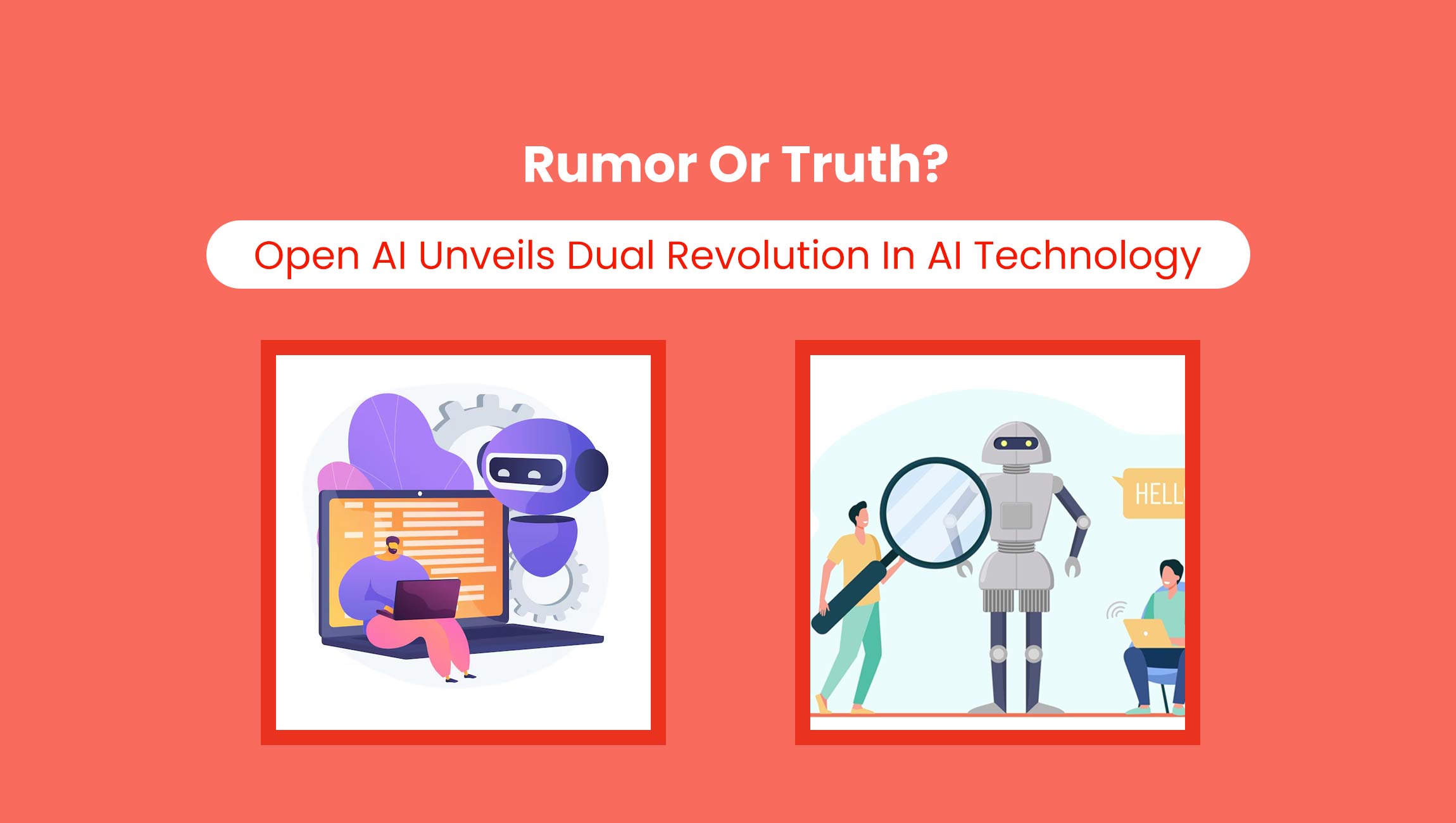For many marketers, measuring event program ROI can be a daunting task — particularly in a highly competitive market, where hundreds of brands are vying for customer attention. But as marketers are asked to deliver more bang for their buck, while operating on a limited budget, it becomes increasingly important to pinpoint ROI for every single marketing activity.
The proof is in the pudding: Event-led growth (ELG) has an overwhelmingly positive impact on demand generation and revenue, with 83% of marketers in the US and UK saying events are critical for business growth. Seventy-seven percent also report that events are the most effective marketing channel for their company. Yet, US-based marketers are notably neglecting to track event registrations (54%), opportunities created (53%), and attendance rates (40%) to measure event effectiveness — leaving huge gaps in their ability to prove ROI.
So what actions can event marketers take today to prove their work’s value? Let’s dive in.
Defining What Success Looks Like
Measuring ROI should be a priority for any event marketer, but it shouldn’t be the only priority when evaluating event success. The reality is, not all event programs are designed to generate revenue. Success is relative, so if a marketer is doing a product launch, the event goals and KPIs will look quite different than those from a networking dinner.
Defining success for an event is thus highly dependent on what goals are set for your event from the very beginning. For example, an event marketer may host a VIP networking dinner, where the goals are to get a specific number of key prospects registered, have the highest attendance rate possible, and deliver an engaging experience that results in pipeline generation and ultimately, closed won business.
That same marketer might look for different success indicators from a product launch. Brand awareness KPIs such as a spike in social media interactions, web traffic or post-event actions like newsletter sign-ups, or blog subscriptions will be more valuable here. As such, marketers should be diligent and deliberate about setting relevant, meaningful KPIs ahead of each event and do their best to avoid a one-size-fits-all approach to measuring success.
Marketing Technology News: MarTech Interview with Russell Banzon, Chief Marketing Officer @ Cresta
Measure Against Universal KPIs
Goal-specific KPIs, like the ones mentioned above, are crucial for understanding how event programs are performing, but universal event metrics are equally important. These are the numbers marketers should review across the board, for all of their event programs — no matter what the goals are. These KPIs may look more like vanity metrics, but they can help guide businesses to make better decisions for event programming.
For example, knowing an email invitation’s open rates doesn’t necessarily translate to new business directly. But it can help marketers better understand if they need to work on creating more compelling subject lines or messages that drive action.
Event Influence on Pipeline & Revenue
Measuring event influence on pipeline and revenue is a great way to gather hard evidence that speaks to event success. The process of connecting a live touchpoint back to a hard number is actually a breeze if a company’s event and CRM systems are integrated. Assuming that the Salesforce data is mostly accurate and marketers track attendee data in individual Salesforce campaigns, they can extract a campaign influence report to understand how many closed-won opportunities were influenced by the event.
Pro Tip: To decrease influence inflation, marketers should only measure the influence of people who attended the event. While they certainly can include no-shows, cancellations, or invitees, that data should be compiled and measured in a separate report.
Effectively Leveraging Event-Led Growth in 2024
As marketers look to the year ahead, events remain a highly profitable and impactful avenue for fostering meaningful engagement. Whether conducted virtually, in-person, or through a hybrid approach, the data indicates that 69% of marketers are poised to organize more events this year. And they’re slated to reap the rewards: US-based teams that adopted ELG were 75% more likely than those who didn’t to see a growth rate of over 50% in 2023.
But all will be for naught if these teams are unable to measure the impact of their company’s event programming and the keyey to success is an automated, integrated event data strategy. Integrating event data with the CRM and the rest of a company’s marketing channel performance is more important than ever, and will likely only grow as a differentiator between average and remarkable event programs.
Also catch – Episode 201 of The SalesStar Podcast: Optimizing B2B Sales with Alex Varel, Chief Revenue Officer at Multiverse
Marketing Technology News: The Top 10 Reasons CDP Projects Fail and How to Overcome Them











